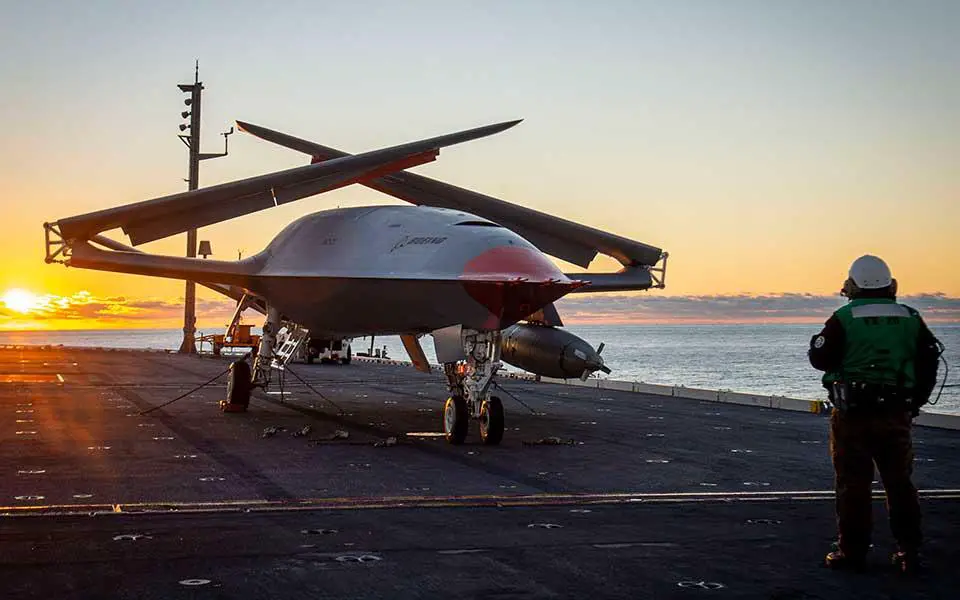The U.S. Navy’s Unmanned Carrier Aviation program office (PMA-268) conducted its first lab integration event June 28-30 at Pax River to demonstrate how the MQ-25’s Ground Control Station (GCS) will command the unmanned aircraft in the carrier environment. The government team and its two prime industry partners led the effort at the program’s System Test and Integration Lab (STIL), where Lockheed Martin’s GCS controlled Boeing’s Hardware-in-the-Loop (HITL) air vehicle for the first time. The HITL utilizes aircraft hardware and software to provide a realistic surrogate for the air vehicle. This fall the team plans to simulate a complete flight using the HTIL air vehicle and will also demonstrate switching connections “links” to the aircraft as well as adding other aircraft hardware and software into the mix.
“This achievement is the result of weeks of preparation and dedication by highly skilled teams. Bringing multiple systems together is never easy, but the joint government/industry team, coming together, understanding problems and finding solutions made this event successful. The team set a goal to send a basic command between the GCS and the HITL. Boeing and Lockheed Martin needed to deliver functional software for the government to exercise the GCS, the HITL and the network components allowing connectivity between the systems,” said TJ Maday, MQ-25 labs and integration manager.

This fall the team plans to simulate a complete flight using the HTIL air vehicle and will also demonstrate switching connections “links” to the aircraft as well as adding other aircraft hardware and software into the mix. The MD-5 GCS is part of the Unmanned Carrier Aviation Mission Control System (UMCS), the system-of-systems required for MQ-25A command and control. UMCS also includes carrier and shore site infrastructure modifications, Navy produced ancillary equipment, and integration with command, control, communications, computers and intelligence (C4I) systems. MQ-25 will be the world’s first operational carrier-based unmanned aircraft to provide an aerial refueling capability to the fleet.
The Boeing MQ-25 Stingray is an aerial refueling drone that resulted from the Carrier-Based Aerial-Refueling System (CBARS) program, which grew out of the earlier Unmanned Carrier-Launched Airborne Surveillance and Strike (UCLASS) program. The MQ-25 first flew on 19 September 2019. Boeing’s MQ-25 design is powered by one Rolls-Royce AE 3007N turbofan engine delivering 10,000 lbf (44 kN) of thrust; this is a variant of the engine used to power the Navy’s MQ-4C Triton. The aircraft is less stealthy than flying wing UAVs. It does feature a stealthy fuselage shaping, flush inlet to shield engine blades from radar and V-tail. As of 2020 the United States Navy planned to establish Unmanned Carrier Launched Multi-Role Squadron 10 (VUQ-10) in October 2021 with four aircraft. The new unit was to be based at Naval Base Ventura County (which includes Naval Air Station Point Mugu).
















